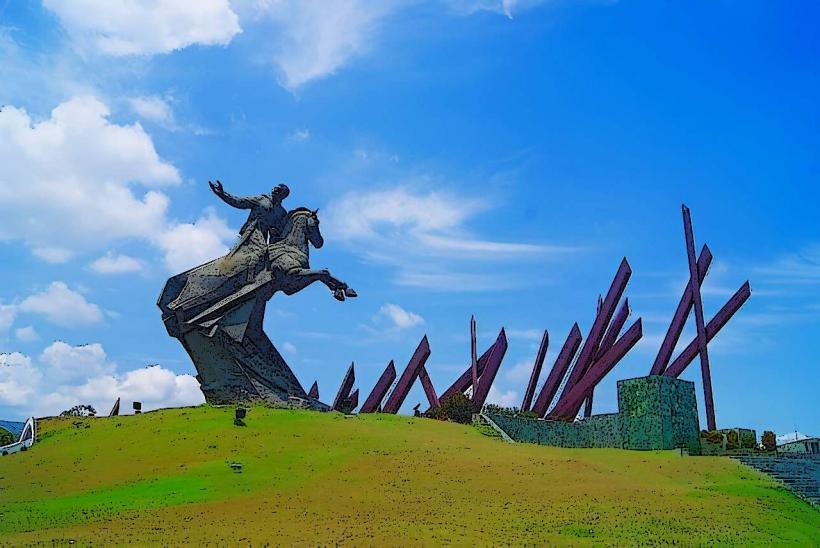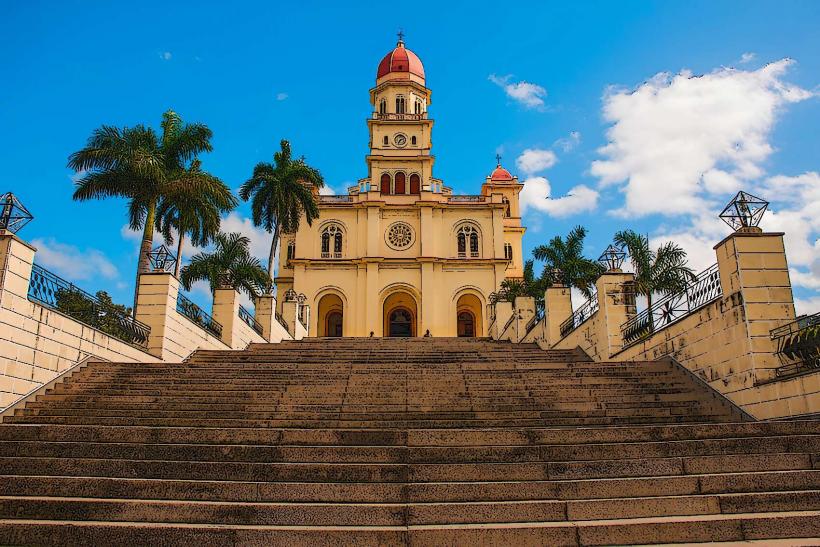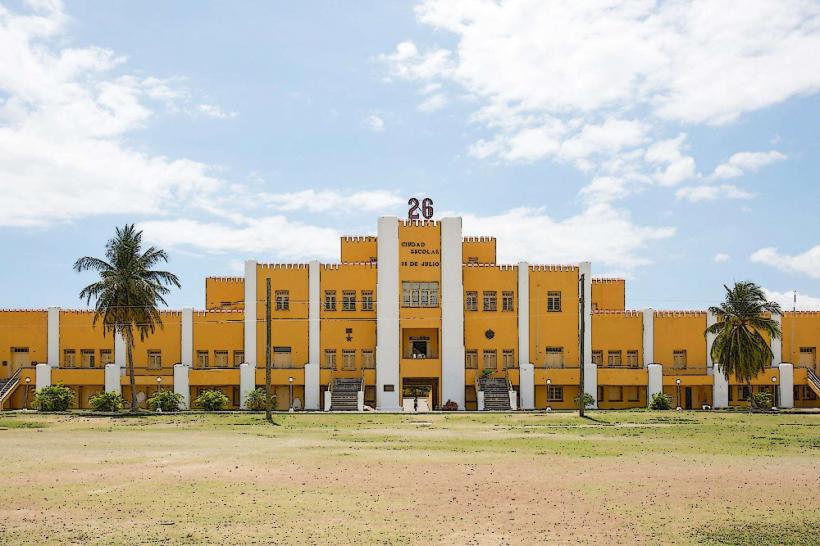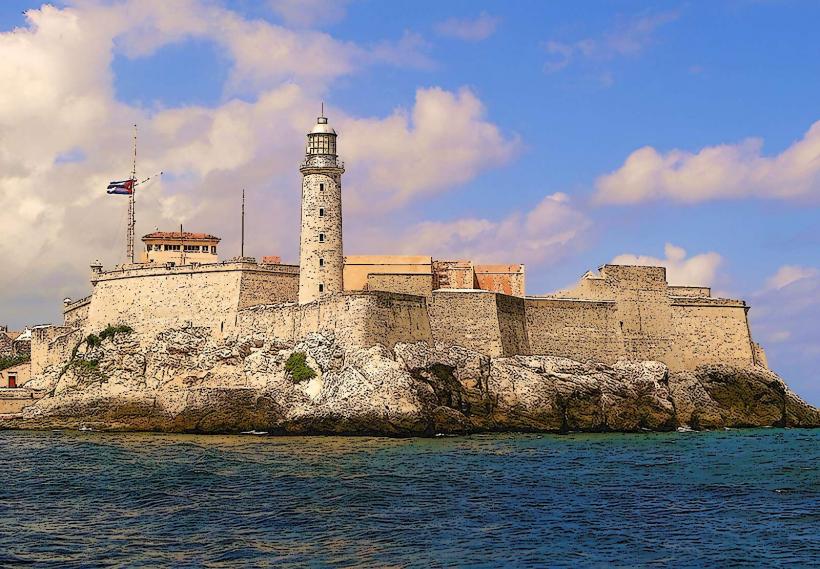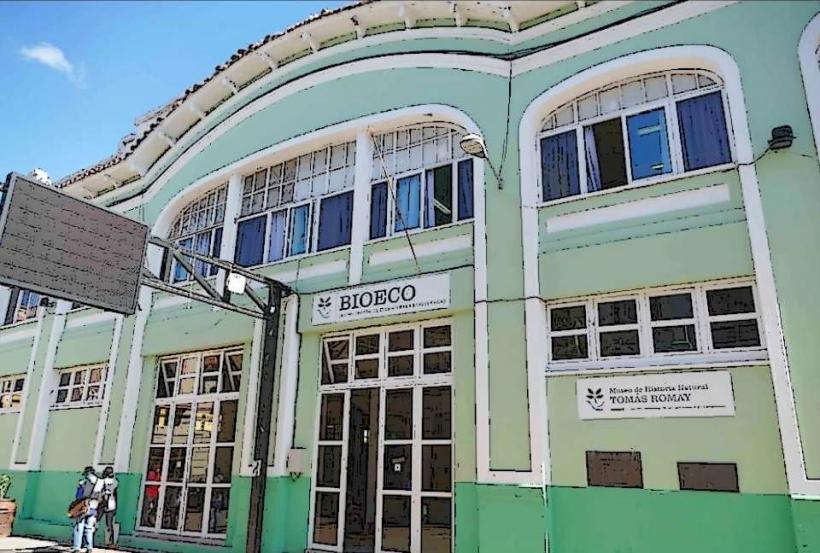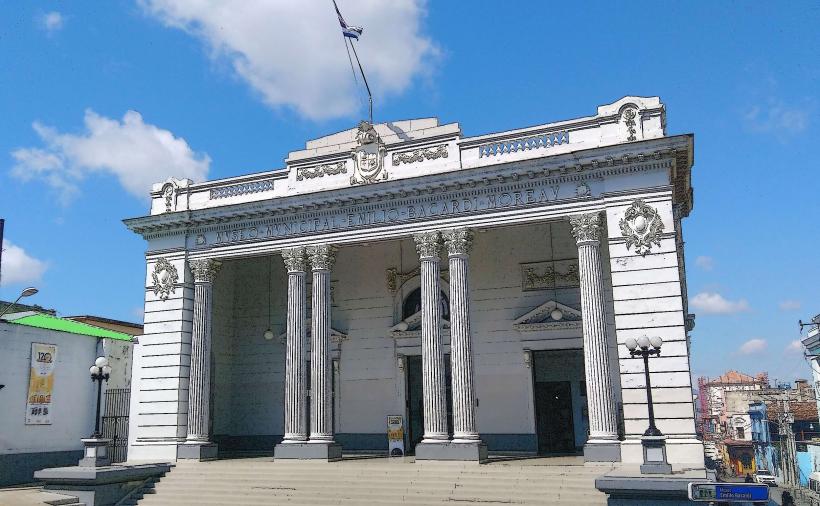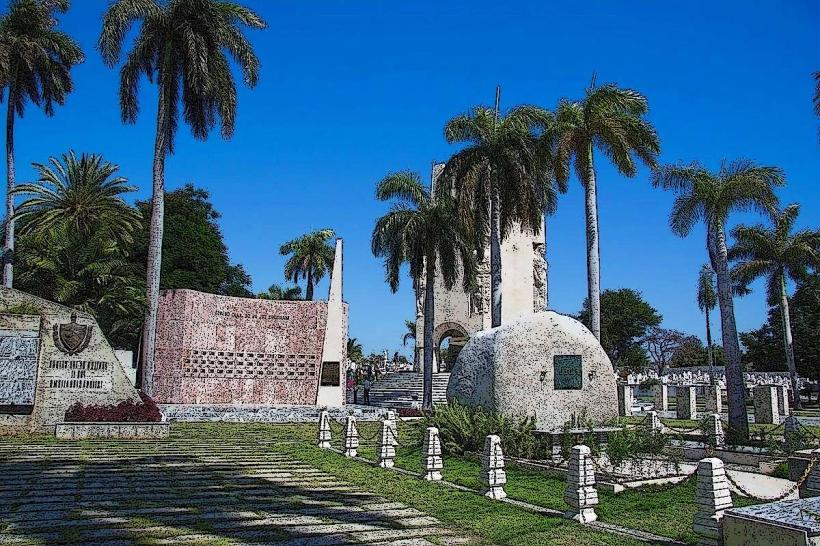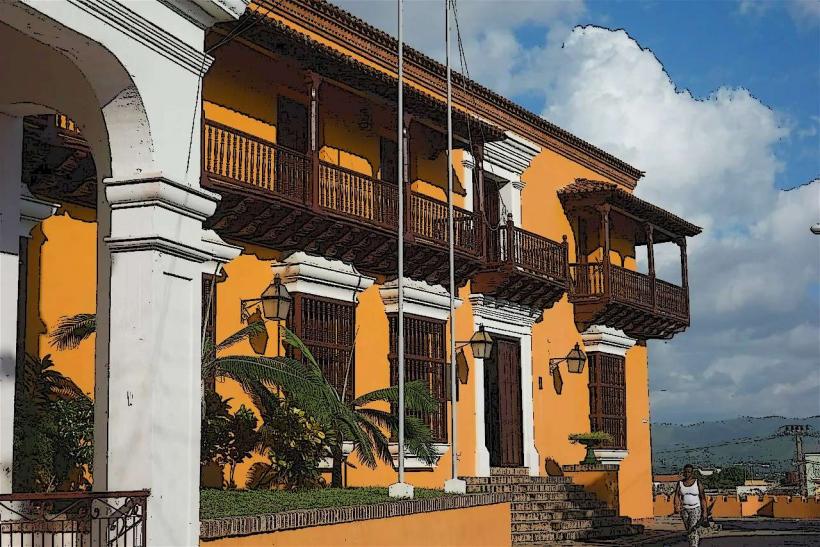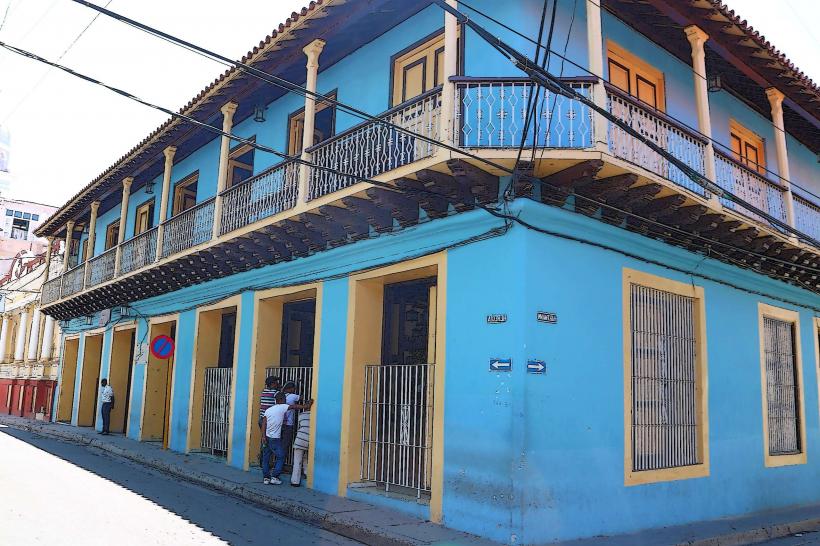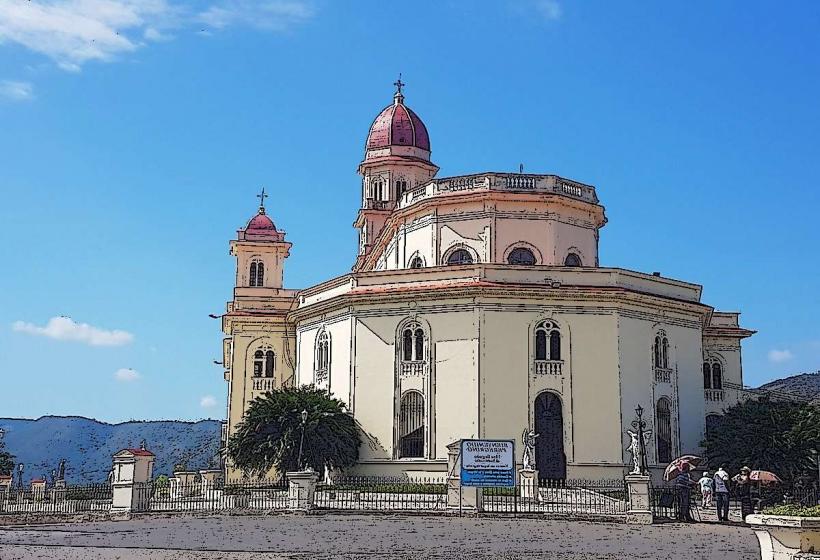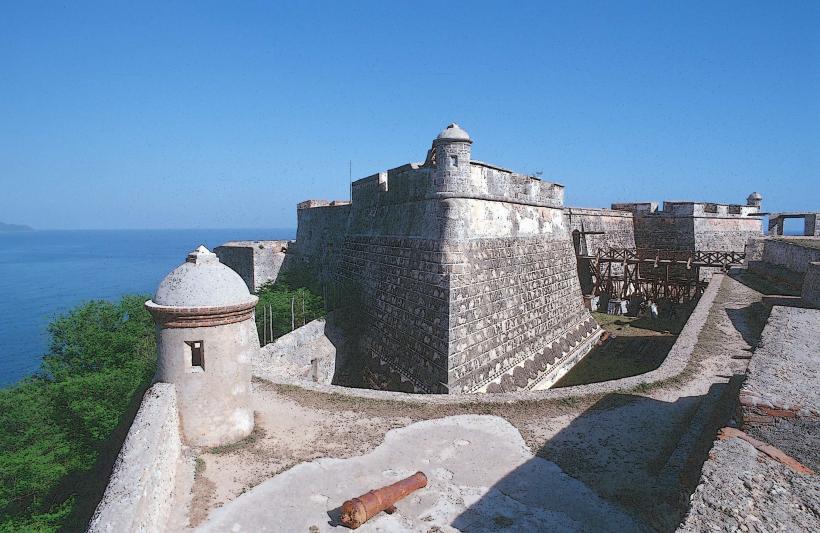Information
Landmark: Parque CéspedesCity: Santiago de Cuba
Country: Cuba
Continent: North America
Parque Céspedes, Santiago de Cuba, Cuba, North America
Overview
In the heart of Santiago de Cuba, Parque Céspedes buzzes with life, its shady benches and grand heritage buildings marking it as one of the city’s most treasured landmarks, also the park, named for Carlos Manuel de Céspedes-the father of Cuban independence-buzzes with music and conversation, and it’s where many begin their journey into Santiago’s layered history.Once the site of Santiago’s Plaza de Armas, the square took shape in the 16th century under Spanish colonial rule, simultaneously it shifted over the years from a military parade ground to the city’s heart for civic life and cultural gatherings.In the 20th century, it was renamed for Carlos Manuel de Céspedes, the man who freed his slaves and declared Cuba’s independence in 1868, sparking the Ten Years’ War, while today, Parque Céspedes still draws locals and visitors, hosting concerts, festivals, and lively public celebrations.Around it rise Santiago de Cuba’s most treasured landmarks: the Catedral de Nuestra Señora de la Asunción to the east, standing since 1528 with Baroque and Neoclassical grace despite earthquakes and pirate raids; the northern Casa de Diego Velázquez, a 1500s mansion turned museum that whispers of early colonial life; and the Ayuntamiento to the west, the city’s municipal seat, besides on January 1, 1959, Fidel Castro stood here and delivered his victory speech after the Cuban Revolution.The Hotel Casa Granda, perched on the park’s southern edge, remains a favorite stop for visitors, also from the rooftop terrace, you can take in sweeping views of the park’s green canopy and the city’s red-tiled rooftops, for the most part Parque Céspedes stands as a living reminder of how deeply public spaces shape Cuban life; from Fidel Castro’s fiery speech echoing through the crowd to the hum of music during local fiestas, it’s been the backdrop for moments that defined both history and culture, and by honoring Carlos Manuel de Céspedes, it keeps alive the story of Cuba’s fight for freedom and pride-making it a region no visitor to Santiago de Cuba should miss, on top of that whether you’re drawn to centuries-historic architecture, captivated by history, or just want to sit under the shade of a palm tree and feel the city’s pulse, this park delivers an experience that’s as real as it is rewarding.
Author: Tourist Landmarks
Date: 2025-09-11

